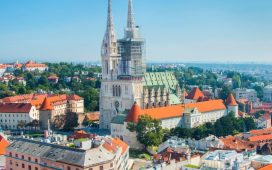This article is part of a guide to Melbourne from FT Globetrotter
Culture
The special tie between Australia’s First Nations and the Outback leaves many visitors assuming they have to trek to remote regions if they want to learn about the history, art and culture of indigenous peoples.
That is certainly not the case in Melbourne, a famously multicultural city that is experiencing a surge of public interest in its original inhabitants. The main public square in the heart of the city is a surprisingly useful entry point to the story of the world’s oldest continuous culture.
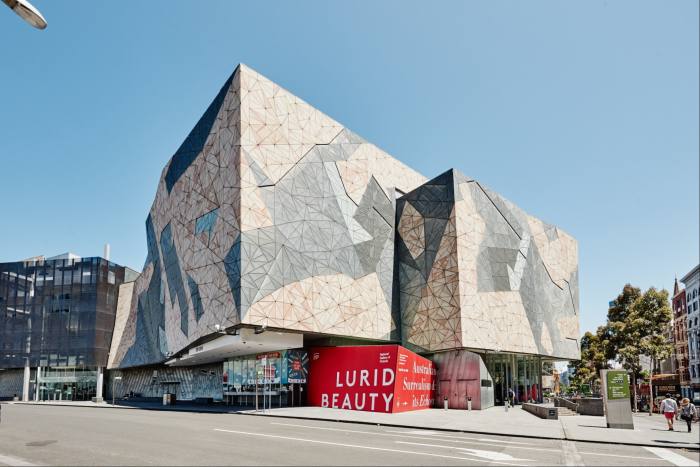
Opened in 2002 on the banks of the Yarra river to give Melbourne the central gathering place it had always lacked, Federation Square has become the go-to place for everything from sporting broadcasts to public protests and in the process it has quietly helped to showcase the indigenous history that white Australia has always struggled to celebrate and understand.
Alongside its bars and shopping galleries, “Fed Square” houses the Ian Potter Centre: NGV Australia, which is home to a world-leading collection of Australian indigenous art, and the Koorie Heritage Trust, which runs exhibitions, tours and a shop with design pieces by indigenous makers.
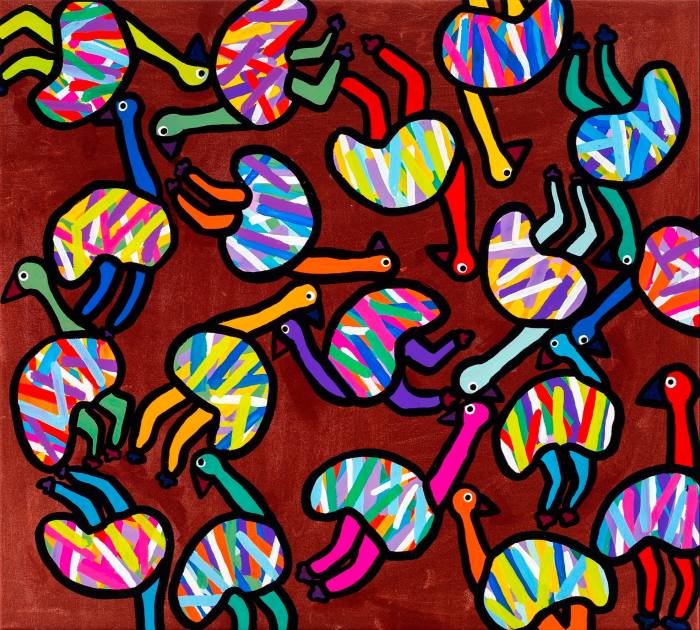
Right beside Fed Square is Birrarung Marr, a riverside park that holds sculptures and audio installations exploring the spiritual connections between the original inhabitants and the river. In the language of the local Wurundjeri people, birrarung means “river of mists” and marr refers to the river’s edge.
Walking tours with Aboriginal guides are available just across the river at the Royal Botanic Gardens, and there is a free self-guided Aboriginal Melbourne Walk, which also takes in the Bunjilaka Aboriginal Cultural Centre at Melbourne Museum.
Cuisine
Perhaps the most intriguing and accessible indigenous insight available in Fed Square is the chance to sample Australia’s only truly local cuisine, the indigenous ingredients and flavours that sustained the First Nations for more than 60,000 years.
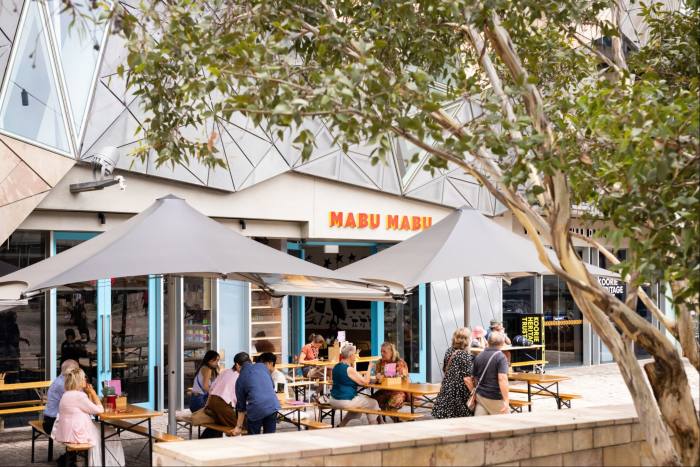
While Melbourne has long been proud of its cosmopolitan restaurants offering more than 70 national cuisines, until recently indigenous products and techniques were widely overlooked in the restaurant industry.
When Torres Strait Islander Nornie Bero opened her restaurant Big Esso in Fed Square in 2021, it was the only eatery in the city dedicated exclusively to indigenous dishes such as emu liver pâté, fried crocodile and other recipes flavoured with seasonal native spices, plants, grains and fruits.

Undaunted, 43-year-old Bero is committed to educating Australian and foreign palates about the oldest food culture in their midst and has already built a small but thriving indigenous food business called Mabu Mabu, or “help yourself” in the language of the Meriam people of Bero’s home, Mer Island. It has 70 staff, also catering for events and producing condiments for more than 500 retail outlets, and making Big Esso one of the liveliest restaurants in Fed Square.


Sitting next to the Koorie Heritage Trust, Big Esso — which means “the biggest thank you” — has communal tables inside and out for dining or sipping cocktails, such as a Green Ant-tini martini garnished with real ants, and local wines and beers. Inside, a bamboo sculpture of a shark, one of Bero’s totems or special family symbols, hangs from the ceiling, and the decor is dominated by a huge vivid mural by young indigenous artist Aretha Stewart-Brown.
On my visit, Bero joined me for lunch and chose some of her own favourites from a sharing-focused menu that divides its dishes into three sizes: “A Little Taste”, “Summer Shares” and “Something Big”.
“My job is not just to bring a bit of ‘colour’ to Fed Square,” Bero told me, cackling at her own joke, “but to introduce people to our original flavours and hopefully get more native ingredients into ordinary kitchens and pantries.” After 25 years in the industry, Bero said she had “never worked with one indigenous person in a kitchen until I opened my own business and started hiring them”.

“When I was learning the game in pubs and restaurants, there were hardly any women in kitchens, let alone black women. A lot of people say, ‘I didn’t know indigenous people had their own cuisine,’ and I say, ‘Well, mate, we’ve been eating for a very long time,’” she said.
Bero now has a workforce that is mainly female, “because,” she said, she wants to “balance things out a bit”.
The restaurant’s menu showcases a mix of millennia-old techniques, such as roasting kangaroos, and recipes passed down through Bero’s family, which she learnt from her father, George, who raised her as a single parent on Mer Island, part of an archipelago stretching across the top of the Australian mainland.
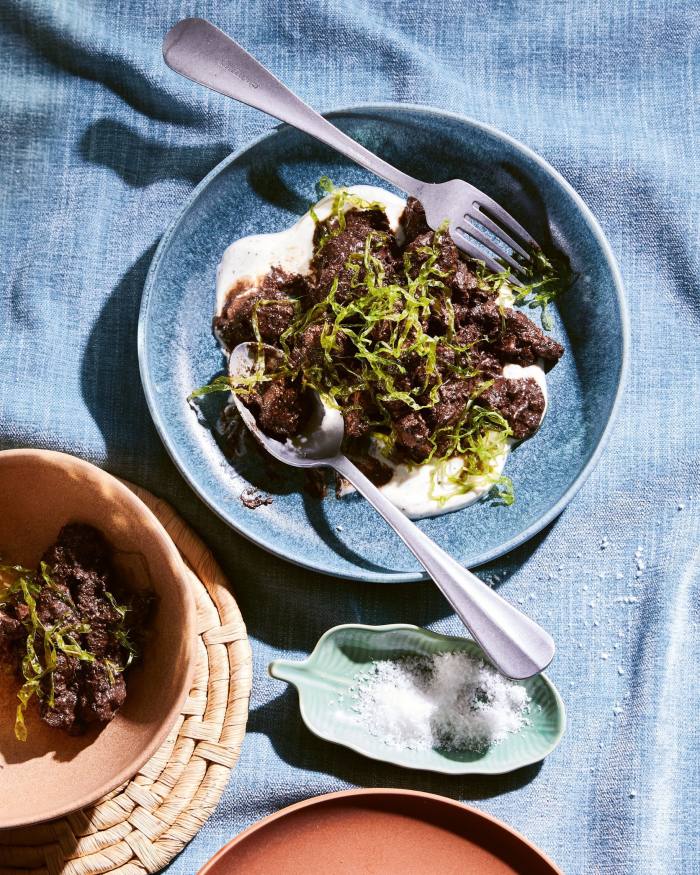
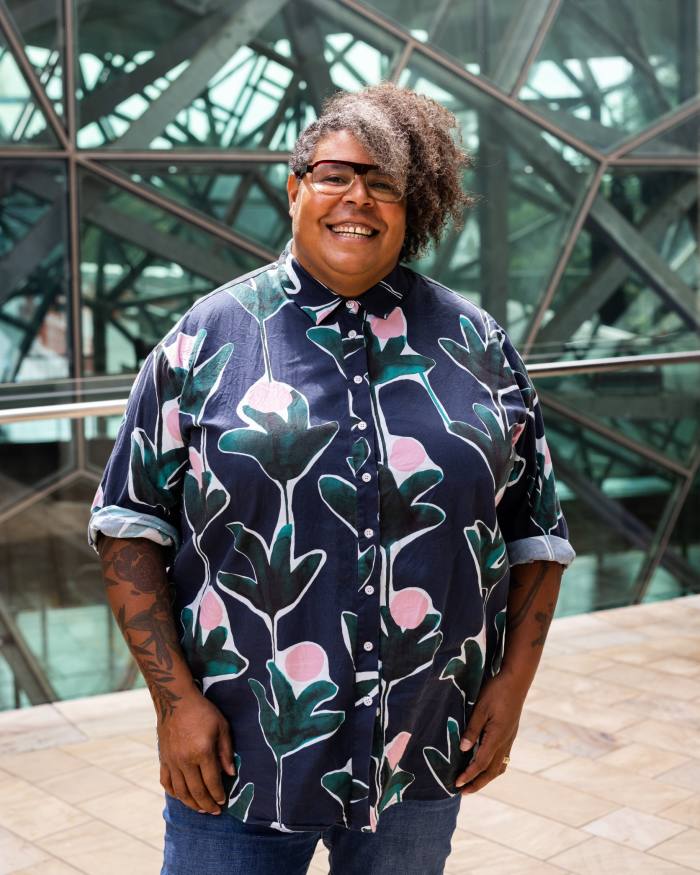
We started with a dish that Bero described as “a snack I grew up with”, a small plate of taro crisps and namas, a light and tangy Torres Strait favourite akin to ceviche made of raw kingfish cured in coconut and citrus, with chilli and coriander (A$26, about £14).
Older techniques are shown in heavier dishes such as wild boar cooked in pig’s blood and tea grass (A$43). Bero’s version is spiced with natural ginger and native pepperberries redolent of Sichuan pepper and cloves, balanced by a lemon myrtle labneh.
Sustainable, nose-to-tail cooking has been on the menu for millennia: “Indigenous people have been throwing the whole animal on the fire forever. We take what we need, not what we want.”

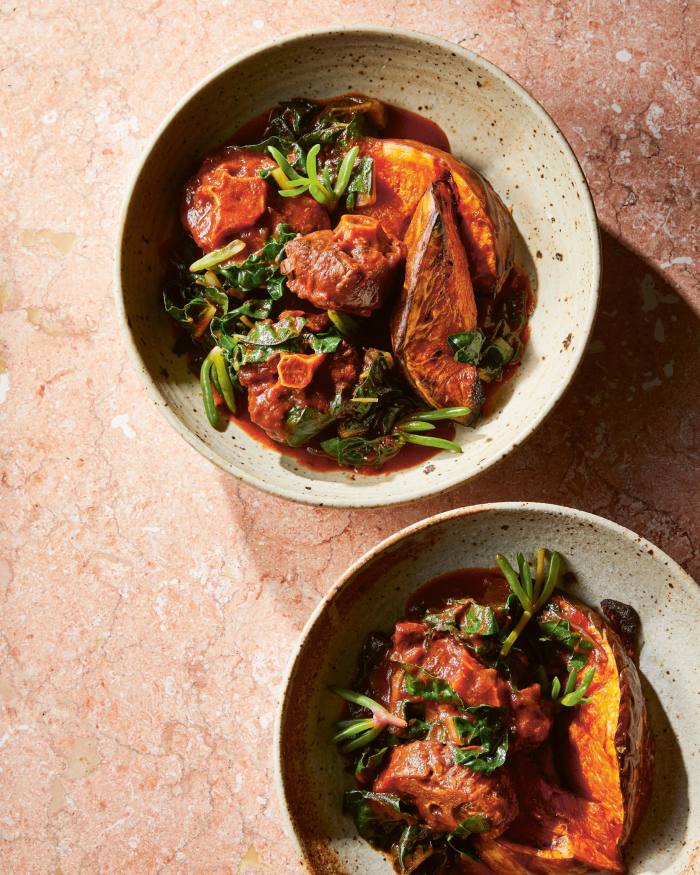
Kangaroo tail is probably Big Esso’s signature dish, but I opted instead for a delicate and crisp tartare of kangaroo, which is a low-fat meat with a more gamey finish than beef. Bero spices it with pepperberry and serves it with pickled watermelon and yam crisps (A$25). I also sampled the emu liver on skewers with warrigal, a spinach-like green (A$26); the emu liver pâté was a bit rich for my taste, even though it was lightened by hibiscus pickle, fried damper and spiced ero (bellfruit) (A$26). Finally, I braved crocodile fried with saltbush and pepperberry (A$26) — a lean, firm but moist white meat with a slight fishy taste.
“I want to showcase my own upbringing as well as what we have learned from those who came before,” she told me. Bero has also published a cookbook, Mabu Mabu, and is gaining some company in her mission to popularise indigenous ingredients, as a growing number of European and Asian restaurants in Melbourne have also begun to add Australian indigenous flavours to more conventional menus.
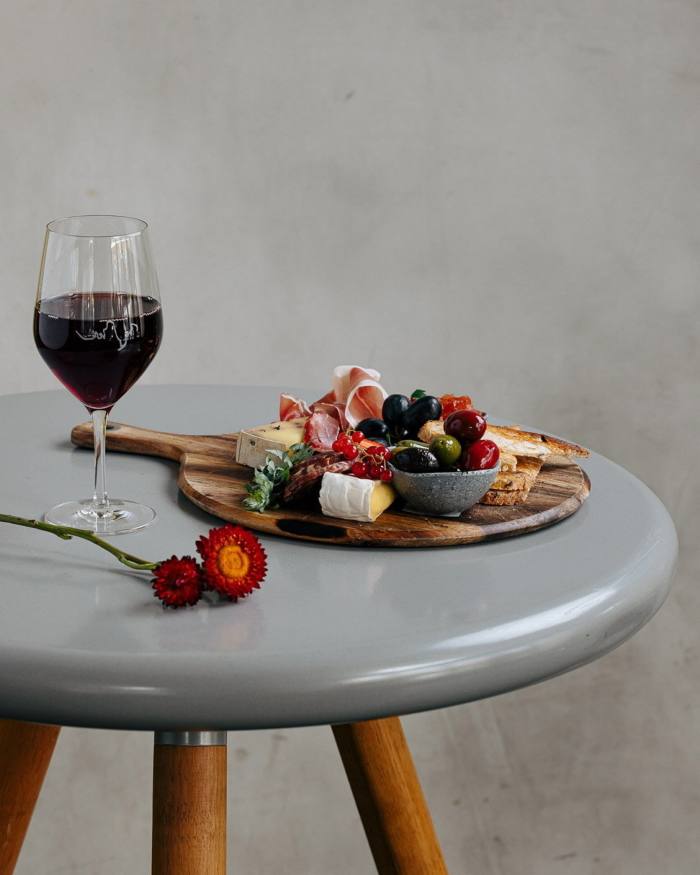
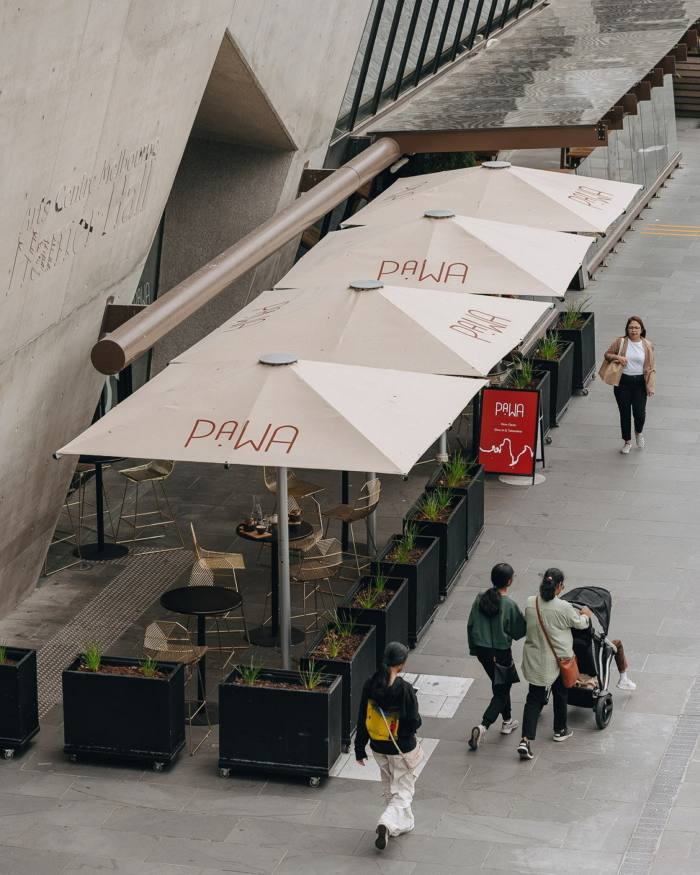
Another encouraging sign is the recent opening of Pawa Café & Bar, just 250 metres away from Fed Square across Princes Bridge in the Hamer Hall concert venue. Indigenous woman Niyoka Bundle has overseen a fusion of native ingredients and more mainstream foods at Pawa to offer dishes such as red-wine kangaroo salami, kangaroo meat pies and treats flavoured with quandong, lilly pilly, bush tomato and wattleseed.
Indigenous issues have gained unprecedented prominence in recent years, including the widespread adoption of “Welcome to Country” ceremonies and the acknowledgment of traditional owners at the beginning of public events. This is certain to grow over the next few years as the national government tackles long overdue political reforms to better recognise the first nations.
That makes this the perfect time for Australians and their visitors to learn more about the broader facets of indigenous cultures, be it through the arts, public debate or something as simple as the food we choose to eat.
*The artwork at the top of this article is “Dulka Warngiid” (Land for All), 2007, by Birmuyingathi Maali Netta Loogatha, Mirdidingkingathi Juwarnda Sally Gabori, Warthardangathi Bijarrba Ethel Thomas, Thunduyingathi Bijarrb May Moodoonuthi, Kuruwarriyingathi Bijarrb Paula Paul, Wirrngajingathi Bijarrb Kurdalalngk Dawn Naranatjil and Rayarriwarrtharrbayingathi Mingungurra Amy Loogatha. It is part of the Ian Potter Centre: NGV Australia collection of Australian indigenous art
Tell us in the comments where you go to experience Melbourne’s indigenous culture
Follow FT Globetrotter on Instagram at @FTGlobetrotter



